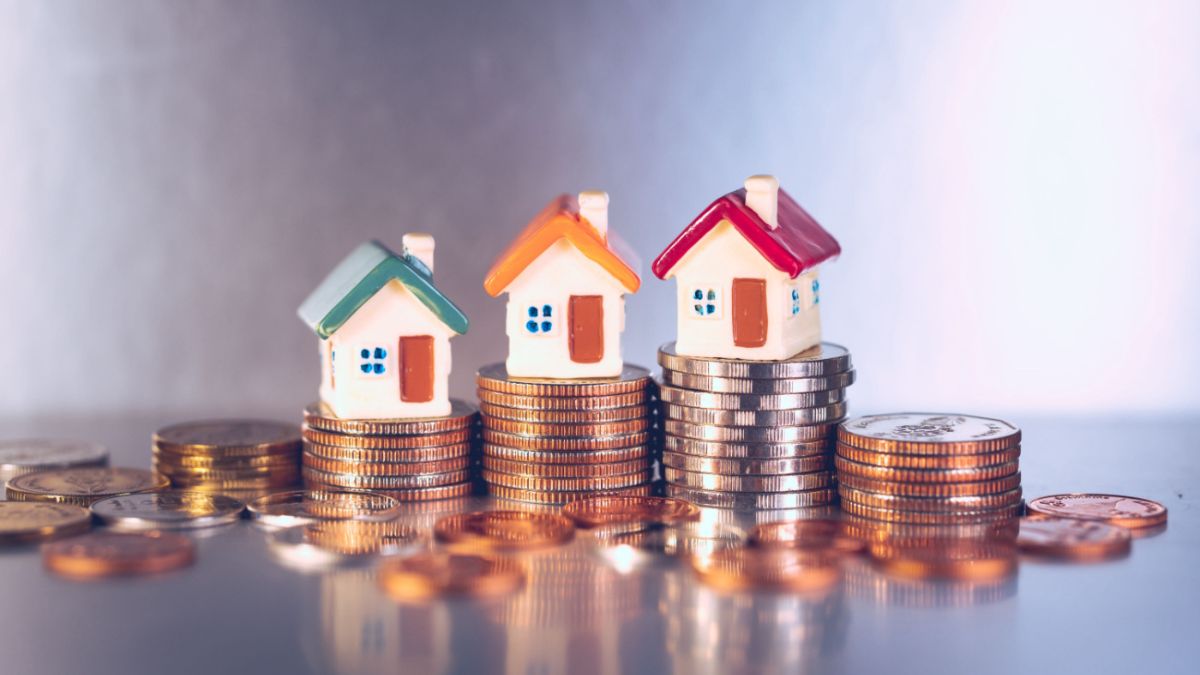
Advertisement
Black women are emerging as a driving force in the American housing market, surpassing Black men and outpacing other demographic groups in homeownership rates. However, behind these promising statistics lies a complex landscape of systemic barriers and challenges that continue to hinder their path to homeownership, according to experts.
The 2023 Snapshot of Race and Home Buying in America report by the National Association of Realtors reveals that single female homebuyers, particularly Black women, constitute a significant proportion of home purchases. Black women represent 27% of Black homebuyers, surpassing other racial and gender groups. This trend is further underscored by data from Realtor.com, showing a steady increase in the share of Black female homebuyers, growing at an average annual rate of 7.3% from October 2018 to January 2020.
Despite these gains, Black women face formidable obstacles in their pursuit of homeownership. Jacob Channel, a senior economist at LendingTree, emphasizes that while more Black women are buying homes, it does not imply ease or absence of societal hurdles. Structural challenges persist, complicating the homebuying process for many.
Three significant hurdles confront Black women in their quest for homeownership:
- Education Debt: While educational attainment among Black women has increased, it often translates into higher student loan debt burdens. This debt load can impede saving for a down payment and qualifying for mortgages, as lenders factor in student loan payments when assessing affordability.
- Mortgage Access: Historical disparities in lending practices have disproportionately affected Black women. Past practices, such as offering high-cost mortgages and subprime loans, have left lasting scars, contributing to lower homeownership rates and increased vulnerability during economic downturns.
- Low-wage Jobs: Black women are overrepresented in low-wage sectors such as child care and hospitality, where wages often fall below living standards. The financial strain of low wages makes it challenging to accumulate savings for a down payment, perpetuating the cycle of housing insecurity.
Sarah Hassmer, Director of Housing Justice at the National Women’s Law Center, highlights the undervaluation of critical yet underpaid occupations, further exacerbating affordability issues for Black women.
While the increasing presence of Black women in the housing market is a positive development, it underscores the urgent need for targeted interventions to address systemic inequities. Efforts to alleviate education debt burdens, expand mortgage access, and improve wages in low-wage sectors are essential steps toward achieving equitable homeownership opportunities for all. As the housing landscape evolves, continued advocacy and policy action are imperative to ensure that homeownership remains within reach for Black women and other marginalized communities.
